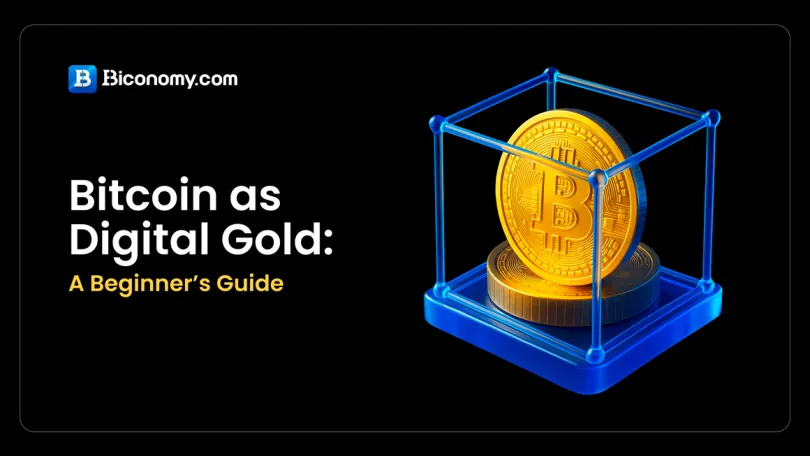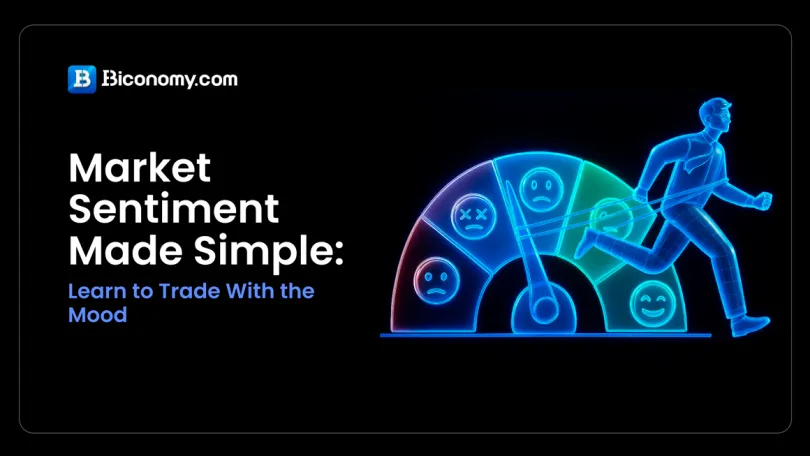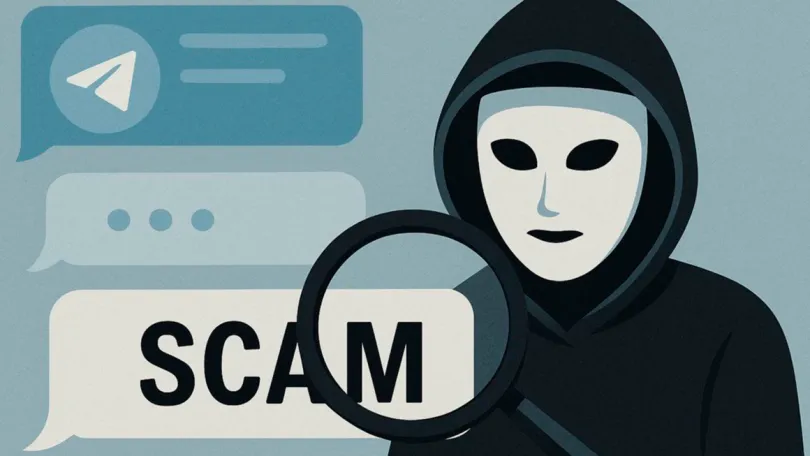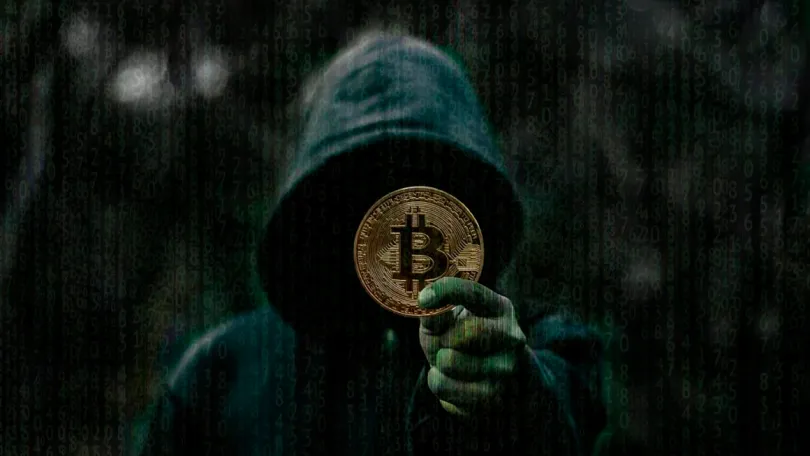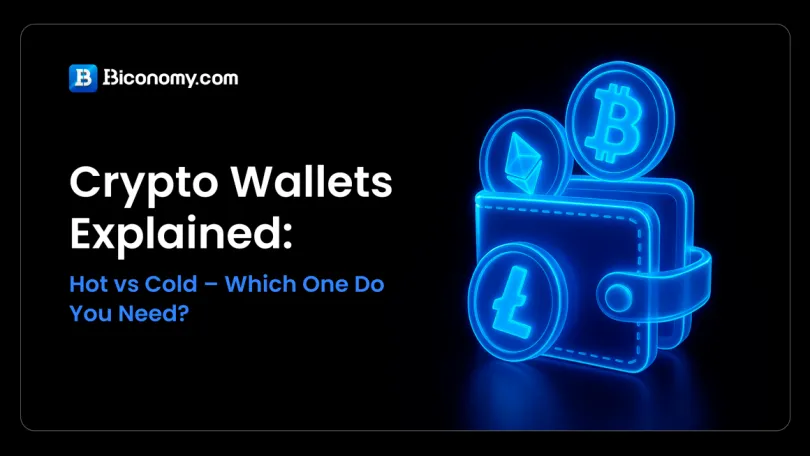
When people first step into crypto, one of the biggest fears they face is security. Everyone has heard stories of hacks, scams, or people losing their coins forever. The first question most beginners ask is simple: Where do I keep my crypto safe?
Unlike traditional money in a bank, cryptocurrencies live on the blockchain. To access them, you need a wallet - but not in the way you might think.
What Is a Crypto Wallet?
A #crypto wallet doesn’t physically store coins inside it. Instead, it keeps the private keys - unique codes that prove you own your crypto. Whoever controls the private keys, controls the funds. That’s why wallets are such a critical part of the crypto journey.
Wallets come in two main categories: hot wallets and cold wallets. Each has strengths and weaknesses, and the best choice depends on how you plan to use your crypto.
Hot Wallets – Always Connected
A hot wallet is any wallet connected to the internet. These include:
✅️ Mobile apps on your phone
✅️ Web wallets you log into through a browser
✅️ Exchange wallets provided by trading platforms
Advantages:
👍 Very easy to set up - download an app or open an account
👍 Perfect for quick transactions, like sending or swapping tokens
👍 Usually free and user-friendly
Disadvantages:
📍Because they’re online, they are more vulnerable to hackers or phishing attacks
📍If your phone or computer is compromised, so is your wallet
📍Think of a hot wallet as your digital everyday wallet - fast and convenient, but not where you’d keep your life savings.
Cold Wallets – Security First
A cold wallet is offline storage, such as:
✅️ Hardware devices like #Ledger or #Trezor
✅️ Paper wallets with printed keys stored securely
✅️ Even an old laptop kept disconnected from the internet
Advantages:
👍Extremely secure since they’re not online
👍Ideal for long-term holding of larger amounts
👍Immune to remote hacks
Disadvantages:
📍Hardware wallets cost money (usually $50–$200)
📍Less convenient for frequent trading
📍If you lose or damage the device without backups, recovery can be difficult
A cold wallet is like a safe in your house - rarely accessed, but highly protective.
Which One Do You Need?
Here’s the rule of thumb:
📌If you’re starting small or trading often → use a hot wallet.
📌If you’re holding bigger amounts long term → add a cold wallet.
Many crypto users combine both: they keep everyday funds in a hot wallet for convenience and store the bulk of their #assets in a cold wallet for maximum protection.
How Exchanges Fit In
For beginners, using a crypto exchange is the easiest way to start. Exchanges usually provide a built-in hot wallet, so you don’t have to worry about setup right away. You can buy, sell, and send coins directly from there.
But remember: exchanges should not be your only long-term storage option. Keeping all your funds in one place can be risky. The best practice is to use an exchange wallet for trading and then transfer part of your crypto to a personal cold wallet once your portfolio grows.
If you’re new, platforms like Biconomy.com make onboarding smooth. They offer secure and beginner-friendly wallets, while also giving you access to trading tools and support. As you gain experience, you’ll know when it’s time to upgrade to a cold wallet for extra peace of mind.
Final Thoughts
Security doesn’t have to be overwhelming. Once you understand the difference between hot and cold wallets, the choice becomes clear:
- Hot wallets = convenience
- Cold wallets = maximum security
Start simple, stay safe, and grow at your own pace. A mix of both wallets often gives the best balance.
Your wallet is the gateway to the crypto world - treat it with the same care as your bank account or even your passport. With the right setup, you’ll have confidence, control, and the freedom to enjoy the opportunities crypto brings.
Disclaimer: This article has been brought to you by the leading cryptocurrency exchange https://www.biconomy.com/. We have been operating since 2019 and offer all types of cryptocurrency services to beginners as well as experienced traders, including futures and spot trading, demo trading tools, staking and others. Always be aware of the risks, monitor your positions carefully, and remember - only you bear full responsibility for both your profits and your losses. Join us not to miss hot activities like airdrops, AMAs rewards and many more on: https://twitter.com/BiconomyCom















